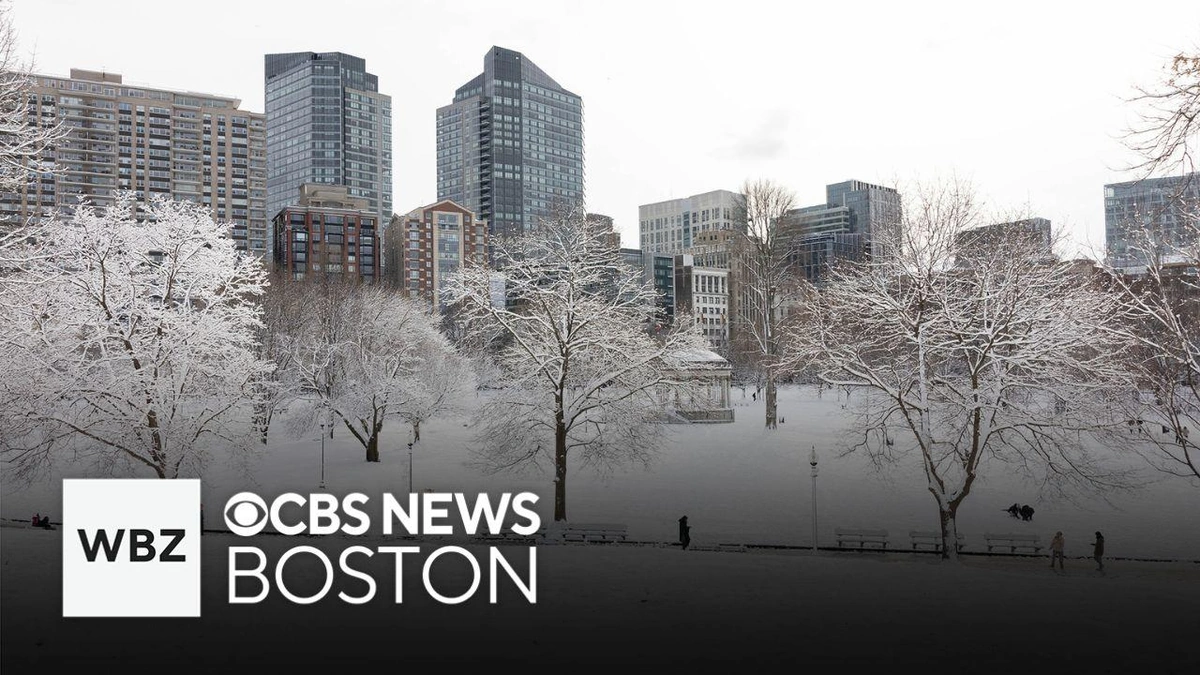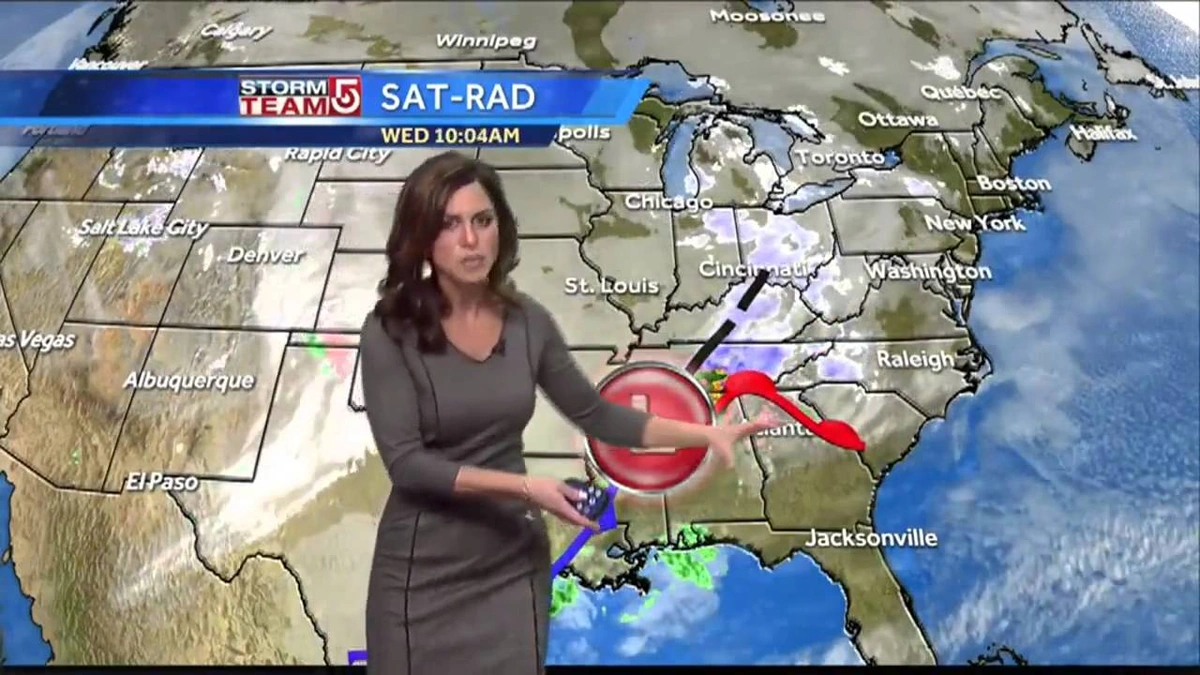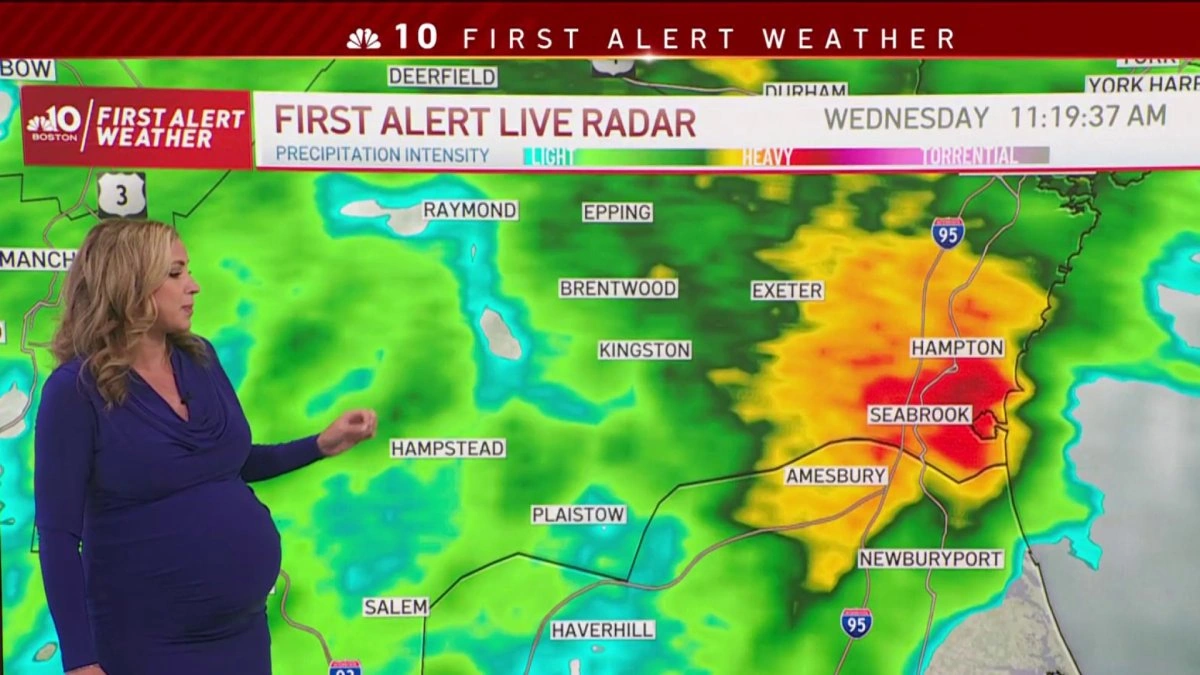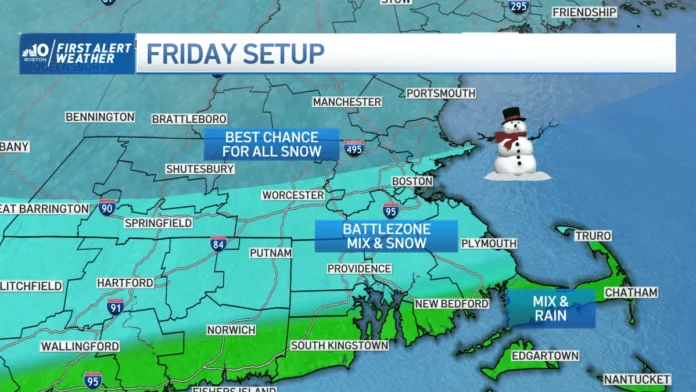Alright, let’s sit down for a minute. You’ve probably got your university acceptance letter, or maybe that job offer, sitting on your desk. The American dream, right? And it’s in Boston. You’ve seen the pictures the beautiful brick buildings, the Charles River, the autumn leaves. You’ve also heard the stories. The cold. The snow.
And you think you’re prepared. You’ve packed a few extra sweaters, maybe a heavy jacket you bought online. Let me be the friend who slides a cup of chai across the table and tells you the truth: you have no idea. And that’s okay.
Because understanding boston weather isn’t about checking a forecast. It’s about understanding a chaotic, unpredictable, and frankly, dramatic character that runs the entire city. It’s not just “four seasons”; it’s often four seasons in a single Tuesday. And the key to not just surviving but actually loving this incredible city is to understand why its weather is so completely bonkers. This isn’t a weather report; it’s a cultural decoder ring for your new life.
The Geographic Conspiracy | Why Boston’s Weather is So Wild

Here’s the thing. You look at a map, you see Boston on the coast, and you think, “Okay, coastal city. Like Mumbai or Chennai. It’ll have some ocean influence.” That’s where the logic takes a sharp, freezing turn.
Boston’s weather is the result of a relentless, daily battle between two massive forces.
From the west and north, you have the gigantic North American landmass. This continent cooks up huge, dry air masses in the winter, they are brutally cold (think Himalayan-level cold, but dry and windy), and in the summer, they can be surprisingly hot. This is the first aggressor.
From the east, you have the Atlantic Ocean. But this isn’t the warm, gentle Bay of Bengal. The water off the coast of New England is influenced by the cold Labrador Current coming down from the Arctic. So, the air coming off the ocean is cool, moist, and moody. This is the second aggressor.
Boston is the wrestling ring where these two forces collide. Every. Single. Day. That’s why a morning can start with crisp, clear, cold air from Canada, and by afternoon, a thick, damp fog can roll in from the sea, making everything feel completely different. The famous New England weather saying, “If you don’t like the weather, just wait a few minutes,” isn’t a joke. It’s a literal survival tip.
This constant clash is also the engine that creates one of the most infamous weather events you’ll ever experience: the Nor’easter. It’s a super-storm born from this conflict, capable of dumping two feet of snow and shutting down the city for days. More on that monster later.
Decoding the Four (and a Half) Seasons of Boston

Forget everything you know about seasons from back home. The transition from one to the next isn’t a gentle fade; it’s a series of dramatic, often frustrating, episodes. Here’s your guide to the real boston seasons .
Winter (December-March): The Legend is Real
Let’s be honest, this is the season you’re most worried about. Boston winter isn’t just cold; it’s a multi-sensory experience. It’s the sound of silence after a heavy snowfall. It’s the physical sting of wind on your cheeks a concept called “wind chill” that can make -5°C feel like -15°C. This is a crucial number to watch on the boston weather forecast , often more important than the actual temperature. The air is dry, your skin will crack, and you’ll learn the value of a good moisturizer. You’ll also learn that there are different kinds of snow: light, fluffy powder perfect for pictures, and heavy, wet slush that’s designed to soak your shoes and break your spirit.
Spring (April-May): The Great Deception
I call this the “half” season. In India, spring is a predictable, pleasant transition. In Boston, spring is a liar. You’ll get a stunning, 20°C day where everyone is out in shorts, celebrating the end of winter. You’ll pack away your heavy coat. And then, the very next day, it will snow. This isn’t a freak event; it happens almost every year. It’s called “False Spring,” and it’s a rite of passage. It’s the weather gods having a good laugh. Why? Because that battle between the cold continental air and the warming oceanic air is at its most volatile during these months.
Summer (June-August): The Surprise Humidity
You came here expecting to escape the heat, right? Well, sort of. Boston summer temperatures might hover around 28-32°C, which sounds pleasant compared to Delhi’s 45°C. But what the numbers don’t tell you is about the humidity. Thanks to the Atlantic, the air gets thick, sticky, and heavy. Think of Mumbai’s humidity in August, but often without a strong sea breeze to cut through it. It can be genuinely draining. The good news? The days are incredibly long, with the sun setting as late as 8:30 PM, and the city truly comes alive.
Fall (September-November): The Glorious Payoff
This. This is the reason people put up with all the other nonsense. New England in the fall is a cliché for a reason it’s absolutely, breathtakingly gorgeous. The oppressive humidity of summer vanishes, replaced by crisp, cool, dry air. The sun is warm, the sky is a deep blue, and the leaves on the trees turn into a spectacular explosion of red, orange, and yellow. It’s the perfect weather. It’s the reward for surviving the rest of the year, and it’s when you will truly fall in love with this place. This spectacular foliage is a direct result of the region’s specific tree species and the sharp, but not freezing, drop in nightly temperatures, a perfect storm for vibrant colours that you’ll remember for a lifetime .
Your Practical Guide | From Kurta to Parka

Okay, so the weather is a drama queen. How do you actually deal with it? This is where you shift your thinking from Indian clothing norms to the Bostonian art of survival. Forget fashion over function, at least for your first winter.
1. Master the Art of Layering.
This is the single most important concept. You will leave your heated apartment in the morning, walk through the freezing cold to the subway (the “T”), sit in an overheated train car, and then walk into a warm classroom or office. A single thick jacket won’t work; you’ll be sweating indoors and freezing outdoors. Layering is the answer.
- Base Layer: A thin thermal shirt (not cotton, which holds sweat and makes you cold).
- Mid Layer: A fleece or a sweater. This is your insulation layer.
- Outer Layer (The Shell): A waterproof and windproof jacket. This is non-negotiable. It protects you from the elements.
This system allows you to add or remove layers to stay comfortable all day. It’s truly a game-changer.
2. Your Feet Are Your Foundation.
Your favorite sneakers from back home will not survive a Boston winter. The first time you step in an innocent-looking puddle that turns out to be an ankle-deep slush monster, you’ll understand. Invest in a single, good pair of waterproof, insulated boots. Not just “water-resistant.” Waterproof. Cold, wet feet are the fastest way to be miserable. Trust me on this.
3. Invest in a Few Quality Pieces.
That 1000-rupee jacket from a local market might seem like a bargain, but it won’t stand a chance against a windy -10°C day. You need a proper winter coat (a “parka”), usually filled with down or a synthetic equivalent. You also need gloves, a warm hat that covers your ears, and a scarf or “gaiter” to protect your face. This is the essential what to wear in boston winter uniform. For more technical information, you can always check resources like theNational Weather Service’s guideon cold weather safety.
Frequently Asked Questions About Boston’s Climate
So, what’s the best month to visit Boston?
Hands down, September or early October. You get the glorious fall weather, the beautiful foliage, and comfortable temperatures for walking around. May is also lovely, but you run the risk of a “False Spring” surprise. Visiting in winter is for the brave, but seeing the city covered in snow is a magical experience.
How bad is the snow in Boston, really?
It varies wildly year to year. Some winters see just a few minor snowfalls. Others might get hit with a massive blizzard (a Nor’easter) that drops over two feet of snow in 24 hours. The city is very good at clearing main roads, but be prepared for public transport disruptions and a few days of being “snowed in.” It’s an adventure!
What exactly is a Nor’easter?
Think of it as a winter hurricane. It’s a powerful storm system that forms along the East Coast, characterized by strong northeasterly winds, heavy precipitation (usually snow in winter), and coastal flooding. They are the primary source of Boston’s biggest snowstorms.
Do I really need an umbrella?
Yes. And a good one. Because it’s often windy, cheap umbrellas will flip inside out and be useless in about five seconds. Boston gets a decent amount of rain year-round, not just during one monsoon season, so it’s always good to have one handy.
Can I survive a Boston winter if I’m from a hot city like Chennai or Hyderabad?
Absolutely, 100%. Thousands of students and professionals do it every year. The key is not to “tough it out” but to be smart about it. Invest in the right gear (layers, boots, coat) before winter truly hits. The human body is remarkably adaptable, and you’ll quickly learn how to live and even thrive in the cold. It’s a unique part of the experience .
Embracing the weather is the final step in your orientation. It’s a great equalizer everyone complains about it, everyone celebrates the first warm day of spring together. Learning to check the forecast, to layer up properly, and to appreciate the raw power of a snowstorm is your first real lesson in becoming a Bostonian.
And when you’re walking through a silent, snow-covered Boston Common late at night, with the streetlights glowing and the world muffled and peaceful, you won’t just be surviving. You’ll understand the magic.

